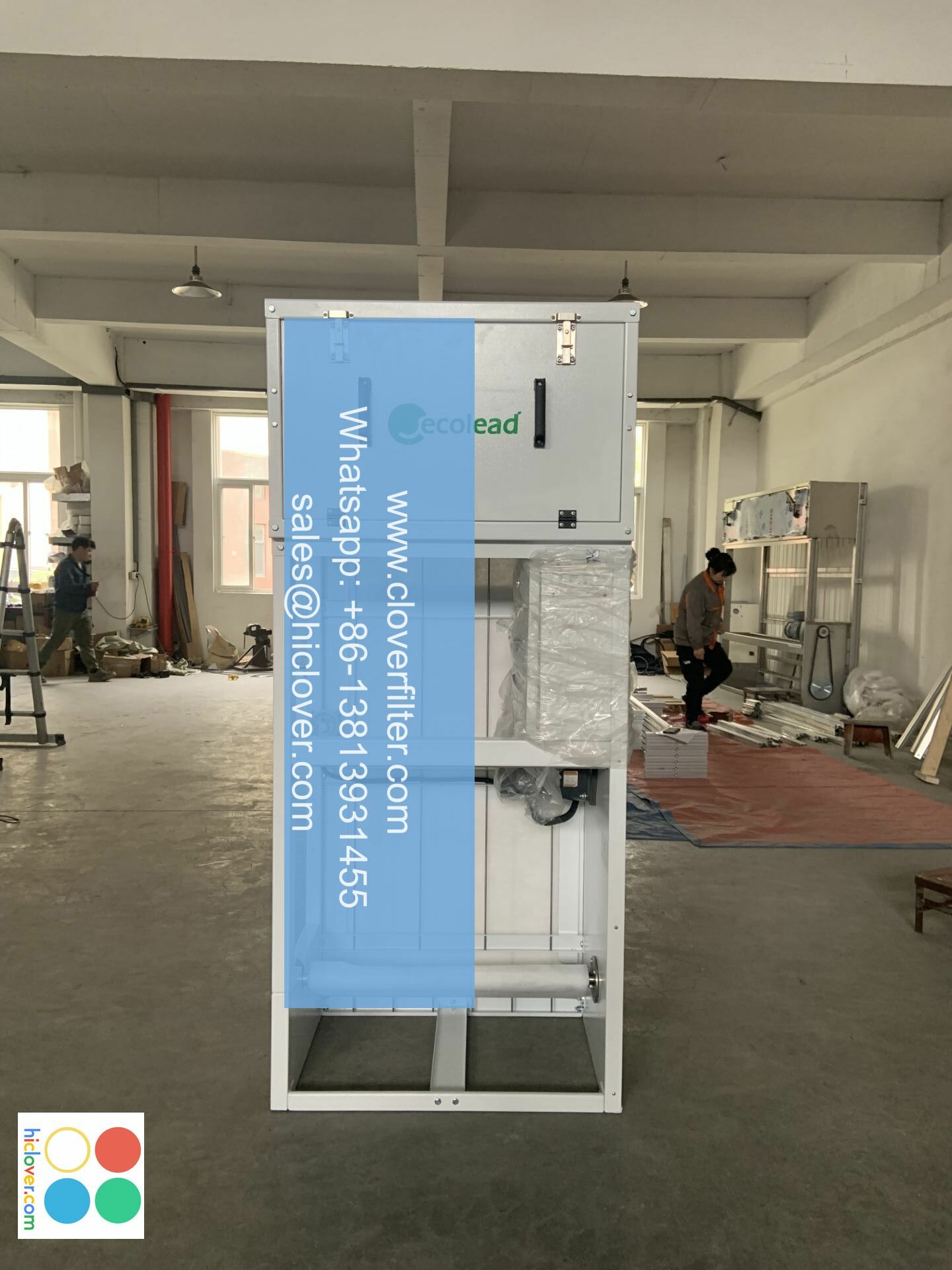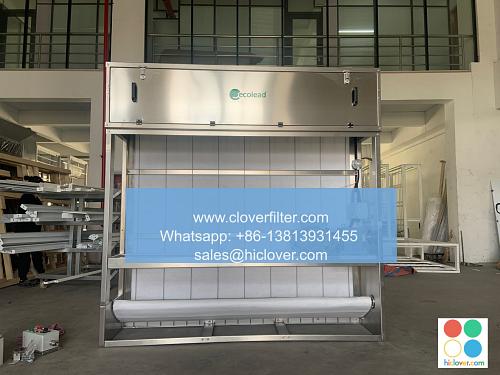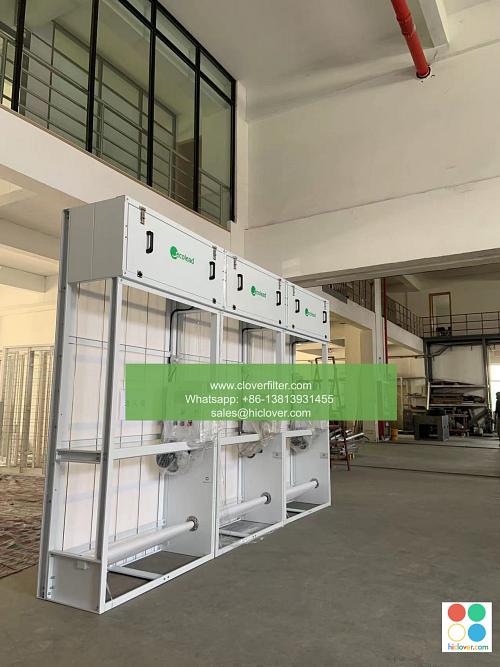Automatic Roll Air Filters in Laboratories: Ensuring Clean Air

Air quality is a critical factor in laboratory settings, where even the slightest contamination can compromise experiment results, damage sensitive equipment, and pose health risks to personnel. Traditional HVAC systems often struggle to maintain the high level of air purity required in labs, which is where Automatic Roll Air Filters come into play. These innovative systems are designed to provide a consistent flow of clean air, minimizing the presence of airborne particles, bacteria, and other contaminants that can jeopardize the integrity of laboratory work.
Lab environments are particularly susceptible to airborne contamination due to the nature of the work being conducted. Chemical fumes, biological agents, and particulate matter from various sources can easily become airborne, spreading throughout the facility and potentially causing damage or harm. Automatic Roll Air Filters address this issue by capturing 99.97% of particles as small as 0.3 microns, including dust, pollen, bacteria, and other microorganisms, ensuring that the air in the lab remains clean and safe for both personnel and experiments.
The operation of Automatic Roll Air Filters is straightforward and efficient. These systems are equipped with a roll of filter media that gradually unwinds as it becomes saturated with contaminants. Once a predetermined amount of the filter has been used, the system automatically cuts off the used section and advances a new, clean portion into place. This process ensures continuous filtration without the need for manual intervention, reducing downtime and the risk of human error. Moreover, the automated nature of these filters means that lab personnel can focus on their work without the added responsibility of constantly monitoring and replacing filters.
In addition to maintaining air quality, Automatic Roll Air Filters also contribute to the overall efficiency and cost-effectiveness of laboratory operations. By minimizing the need for manual filter replacements, labs can reduce their operational costs and decrease waste. Furthermore, the consistent performance of these filters helps prevent equipment damage and experiment failures, which can be costly in terms of both time and resources. The reliability and effectiveness of Automatic Roll Air Filters make them an indispensable component of modern laboratory settings.
Another key benefit of Automatic Roll Air Filters is their ability to adapt to changing laboratory conditions. Labs are dynamic environments where the types and quantities of airborne contaminants can vary significantly over time. These filters are designed to handle fluctuations in airflow and particle loading, ensuring that air quality remains high even under challenging conditions. Whether a lab is conducting routine experiments or engaging in more complex, high-risk research, Automatic Roll Air Filters can be relied upon to provide a clean and stable air environment.
The integration of Automatic Roll Air Filters into laboratory HVAC systems is also noteworthy. These filters can be easily retrofitted into existing systems or specified for new construction projects. Their compact design and flexible installation options make them suitable for a wide range of laboratory setups, from small research labs to large, multi-story facilities. By incorporating Automatic Roll Air Filters, labs can enhance their air quality management capabilities without significant disruption to ongoing operations.
Conclusion: Automatic Roll Air Filters have emerged as a vital component in the pursuit of maintaining high air quality in laboratory settings. Their ability to capture a wide range of airborne contaminants, combined with their automatic operation and adaptability to changing conditions, makes them an essential tool for ensuring the integrity of laboratory work. By investing in these advanced filtration systems, laboratories can protect their personnel, equipment, and experiments, ultimately contributing to more reliable research outcomes and a safer working environment.
FAQs:
- Q: What is the primary function of Automatic Roll Air Filters in laboratories?
A: The primary function is to capture airborne particles and contaminants, ensuring a clean air environment for experiments and personnel. - Q: How often do Automatic Roll Air Filters need to be replaced?
A: The filters are designed to automatically advance a new, clean section as the old one becomes saturated, minimizing the need for manual replacements. - Q: Can Automatic Roll Air Filters be integrated into existing laboratory HVAC systems?
A: Yes, they can be easily retrofitted into existing systems or specified for new construction projects, offering flexible installation options. - Q: What benefits do Automatic Roll Air Filters offer to laboratory operations?
A: They offer improved air quality, reduced operational costs, decreased waste, and enhanced reliability, all of which contribute to more efficient and effective laboratory management. - Q: Are Automatic Roll Air Filters suitable for all types of laboratories?
A: Yes, their design and installation flexibility make them adaptable to a wide range of laboratory settings, from small research labs to large facilities.


